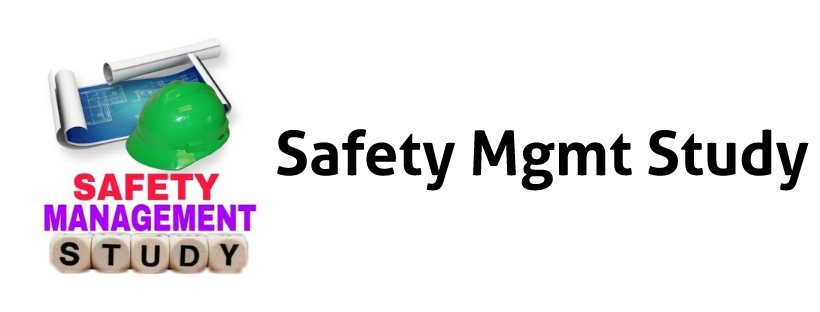Work at Height Safety Tool Box Talk (TBT): Ensuring Safe Practices and Preventing Hazards
When working at heights, safety is of paramount importance. A Tool Box Talk (TBT) is an obligatory security meeting that addresses specific dangers and encourages safe work measures. In this blog post, you’ll learn what a TBT is, how to carry it out, its purpose, who conducts it, what topics to discuss regarding working safely at height and the hazards including precautions.
Description
Discover the importance of Tool Box Talks (TBT) for work at height safety. Learn how to conduct effective TBTs, their purpose, who should lead them, key discussion points, common hazards, and essential safety precautions to ensure a safe work environment.
What is a Tool Box Talk (TBT)?
Tool Box Talk (TBT), which can also be referred as informal safety talk refers to a conversation about the identified safety concern. These are usually short meetings conducted on site just before a job or shift starts. It is designed in such a way that workers are reminded of possible hazards while reinforcing safety procedures.
How to Conduct a Tool Box Talk
To conduct a TBT one should be prepared and organized properly.
Here’s how:
Preparation: Identify a subject matter; gather appropriate materials if any.
Scheduling: Set up standard timing for TBTs that falls within the work programme without causing any effect in productivity.
Participation: All members of the team must be encouraged to get involved and share their experiences.
Delivery: Keep it brief, interesting and concentrate on practical tips for safety.
Follow-Up: Ensure safety practices discussed during TBT have been implemented after TBT and monitor compliance thereof.
Purpose of a Tool Box Talk
The main objectives of TBT are:
Awareness: Create awareness on potential hazards and safe work practices.
Training: Provide continuous education and training on safety issues.
Communication: Promote open communication regarding employee injuries.
Prevention: Prevent accidents and injuries by enforcing good work practices.
Who Conducts a Tool Box Talk?
Often times, supervisors, safety officers or experienced workers who have good knowledge of the subject of safety conduct TBTs. The person leading a TBT session should be knowledgeable on the topic, interactive and able to respond to questions and concerns.
What to Discuss About Work at Height in a Tool Box Talk
During a TBT on work at height safety, some of these ideas may help:
Risk Assessment: Examine any risk assessments carried out for working at heights jobs.
Hazards: Dangers that are typically encountered when working above the ground level include;
Falls: Inadequate fall protection or unstable surfaces increases likelihoods of an individual falling from height.
Objects Falling: There is considerable danger to people beneath when tools or materials fall from a height.
Weather Conditions: Slips and falls would be more likely in harsh weather including rain, wind or ice.
Structural Instability: Structural collapse often results from working on weak or unstable surfaces.
Electrical Hazards: Electrocution risks occur when one works near power lines or electrical equipment.
Safety Equipment: Explain how to use safety harnesses, guardrails, scaffolding and ladders correctly.
Fall Protection: Emphasize the importance of fall protection systems as well as their correct usage technique
Safety Cautions
• Wearing Personal Protective Equipment (PPE): Always, put on apt PPE like hard hat, safety belts and non-slip shoes.
• Testing Tools and Materials: Check all equipment such as ladders, scaffoldings and arrest systems regularly to see if they have been damaged or worn out.
• Education: Make sure all workers are taught how to use protective gear, know the dangers related to heights at work.
• Fasten Tools and Materials: Fasten materials and utilize a cord for tools so that they do not fall.
• Use Guardrails and Safety Nets: Where possible, use guardrails and safety nets to provide additional fall protection.
•Buddy System: Implement a buddy system where workers can monitor each other's safety.
Conclusion
Tool Box Talks are a vital component of workplace safety, especially for high-risk tasks like working at heights. By regularly conducting TBTs and discussing hazards and safety precautions, you can help ensure that all workers are aware of the dangers and know how to protect themselves and their colleagues.
Also Read



.jpg)









.png)


0 Comments